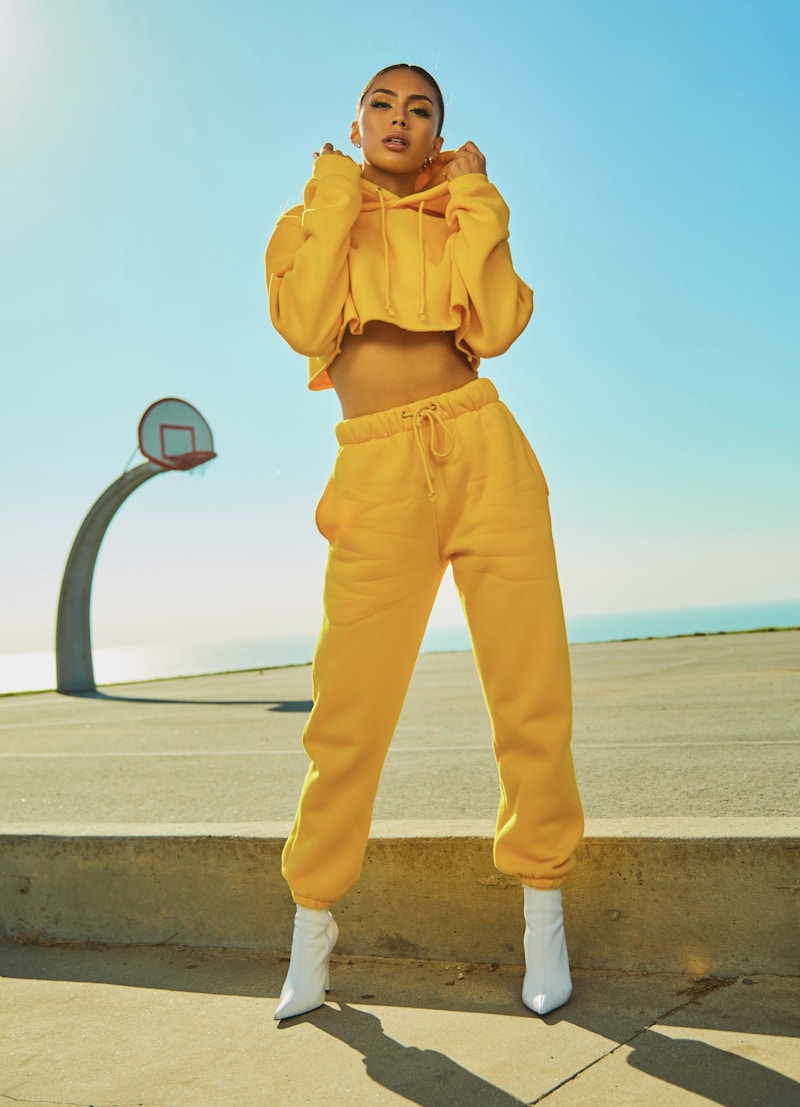Embrace Elegance: Exploring Feminine Silhouettes and Movement in Fashion
Understanding Feminine Silhouettes
Feminine silhouettes have always held a significant place in the world of fashion. They embody grace, beauty, and a sense of fluidity that captivates audiences. In this article, we will delve deep into the various elements that contribute to feminine silhouettes and the ways in which movement enhances their aesthetic appeal. From iconic garments to modern interpretations, let’s explore the delicate interplay of fashion design and movement.
The Essence of Feminine Silhouettes
The term "feminine silhouette" typically refers to the outlines and shapes created by women's clothing. These shapes can vary widely depending on historical context, cultural influences, and individual designers. Common elements that characterize these silhouettes include:
- A-line silhouettes: Fitted at the waist and flaring gently towards the hem, creating an elegant yet understated look.
- Pencil skirts: Tailored to hug the hips and taper down, emphasizing the curvature of the body.
- Empire waist dresses: Sitting just below the bust, which creates a flowing effect and elongates the wearer's figure.
- Belted styles: Adding definition to the waist, these silhouettes enhance the natural shape of the body.
Historical Evolution of Feminine Silhouettes
Throughout history, feminine silhouettes have evolved dramatically. The Victorian era was known for corsets and elaborate skirts, while the Roaring Twenties brought forth the iconic flapper dress, which emphasized a more boyish figure. In contrast, the 1950s celebrated the hourglass silhouette with cinched waists and full skirts, epitomized by the designs of Christian Dior. The 1970s introduced bohemian styles with relaxed silhouettes, while contemporary fashion shifts between androgynous and hyper-feminine shapes.
Modern Feminine Silhouettes in Fashion
Today, feminine silhouettes continue to reinvent themselves, blending traditional elements with modern aesthetics. Designers like Chanel, Balenciaga, and Alexander McQueen have played pivotal roles in shaping these contemporary forms. Current trends often feature:
- Asymmetrical cuts: Creating visual interest and a sense of dynamism.
- Layering: Combining various lengths and textures to play with proportions and depth.
- Sustainable fashion: Using innovative fabrics and designs that are both stylish and environmentally conscious.
The Role of Movement in Feminine Silhouettes
Movement is a crucial aspect of feminine silhouettes. It brings clothing to life, allowing fabrics to drape and flow beautifully. Here are some factors that influence how movement interacts with feminine designs:
| Fabric Choice | Lightweight and flowing fabrics such as chiffon, silk, and georgette enhance movement. |
| Design Features | Details like ruffles, pleats, and layers contribute to a sense of motion and elegance. |
| Body Movement | How wearers move, walk, and dance in their outfits can dramatically affect the overall presentation of the silhouette. |
Capturing Movement through Design
The best designs not only consider how a garment looks when stationary but also how it behaves in motion. Icon brands often incorporate elements that accentuate movement, such as:
- Split hems: Allowing for ease of movement while showcasing the legs.
- Train details: Adding drama and fluidity as the wearer moves.
- Wrap styles: Creating a dynamic silhouette that changes with movement.

Feminine Silhouettes in Different Cultures
Feminine silhouettes are also deeply rooted in cultural expressions, often representing local history and traditions. For instance:
- Japanese Kimono: The flowy design and intricate patterns highlight the beauty of the body without being form-fitting.
- Indian Sari: The draping technique allows for versatility in styling and an emphasis on movement and grace.
- Western Ball Gowns: These elaborate dresses of the past emphasize the waist and create an idealized feminine form.
Fashion Icons That Defined Feminine Silhouettes
Certain fashion icons have left an indelible mark on the perception of feminine silhouettes. Figures such as Audrey Hepburn, Marilyn Monroe, and Grace Kelly are revered for their unique interpretations of femininity.
Audrey Hepburn
Known for her timeless elegance, Hepburn often wore A-line dresses, which complemented her petite frame. Movies like "Breakfast at Tiffany's" showcased her signature style, inspiring generations.
Marilyn Monroe
Monroe's hourglass figure was epitomized by fitted dresses that accentuated her curves, transforming her into a global icon of femininity.
Grace Kelly
As a princess and actress, Kelly embodied grace and sophistication, often seen in elegant gowns that highlighted traditional feminine silhouettes.
The Future of Feminine Silhouettes
The future of feminine silhouettes lies in a blend of inclusivity and sustainability. As society evolves, so do fashion narratives. Designers are increasingly focusing on:
- Diversity in body shapes: Creating silhouettes that cater to all body types and affirming body positivity.
- Innovative materials: Using recycled and sustainable fabrics to design garments that are both stylish and eco-friendly.
- Cultural appreciation: Fusing elements from various cultures to create unique, inclusive silhouettes.
Conclusion: The Ongoing Journey of Feminine Silhouettes
Feminine silhouettes and movement are intertwined in the fabric of fashion history. Understanding the evolution, significance, and future of these designs allows us to appreciate fashion on a deeper level. As we celebrate the beauty of feminine forms through innovative designs, we should also encourage and embrace diversity in fashion. To all fashion enthusiasts, remember to explore how different silhouettes resonate with your personal style, and don't shy away from experimenting with movement in your garments.
Final Recommendations: Investing in classic pieces that embody feminine silhouettes can elevate your wardrobe. Consider clothing that combines comfort with elegance to express your individuality while staying stylish.
In conclusion, as we look to the future, let us celebrate the journey of feminine silhouettes in fashion—where elegance meets movement, and beauty knows no bounds.